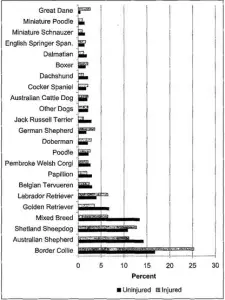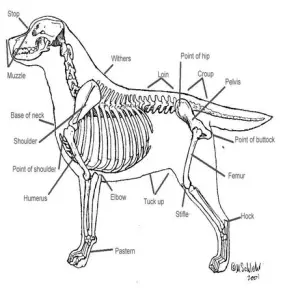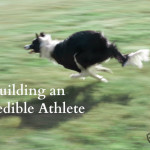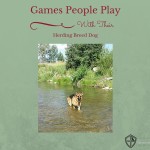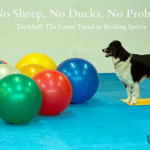How to Keep Your Athletic Dog from Getting Injured
Athletic dogs are a lot like athletic people. They love the work they do, and they thrive in life because of their athleticism and fitness levels. However, much like people, they can be prone to, or experience, injuries. As a parent of an athletic dog, it is our job to try to prevent these injuries as much as possible. Today, I want to discuss a few ways you can help your dog prevent injuries.
Definition of Fitness
Before starting your dog in a new sport, or entering them into a competition, it is important that they are at a fitness level associated with their sport, as each dog sport has an average level of fitness required in order to participate.
Here are a few examples:
Herding: Your dog can be considered “fit” according to herding standards if they have the stamina to run for several hours. Their fitness level will require several hours of exercise every day, as well as strengthening exercises to improve endurance.
Flyball: Dogs who compete in flyball need to have speed and the correct form when performing their turn. If they are not trained to turn correctly on the platform, they risk injury to their forelimbs from overuse. Getting your dog fit for this sport will require extensive practice.
Agility: For your dog to be considered fit according to agility standards, they need to be able to sprint, make sharp turns, and maintain excellent balance. Getting your dog fit for this sport will require extensive practice.
Don’t forget about Conditioning
Human athletes understand the importance of not just practicing their sport, but conditioning for their sport as well. As a former athlete myself, I spent many hours in the gym completing conditioning exercises. For athletic dogs and people, conditioning is a combination of several goals that will help you, or your dog, perform the sport at a higher level.
Pending your dog’s sport, the conditioning exercises should aim to strengthen the muscles your dog will need for competition, build endurance for the competition, improve anaerobic and aerobic systems through interval training, and maintain a lean and ideal weight for your dog’s breed.
If your dog is currently competing in a sport, but you are not using a conditioning program, please consult a coach and your veterinarian to get one started.
Most of the Work is Done Outside of Competition
According to a study published in the Veterinary and Comparative Orthopedics and Traumatology, 70% of dogs who competed in agility did not sustain an agility-related injury. However, 58% of the injuries were sustained during competition.
Meaning, it is of the utmost important that you practice and condition so that your dog is at peak fitness level when participating in competition (Scientific American). According to this same study, most of the injuries occurred on the obstacles, and the number one injury associated obstacle was the A-frame.
Lastly, results showed that certain breeds participating in competition were more prone to injury than others. The following graph is courtesy of Scientific American.
The research attributed the high injury rate of Border Collies to their strong speed, agility, and drive.
So, how does knowing that your dog can be injured during competition, and may be more prone based on their breed, help you prevent them from being injured?
Knowing where in their sport they are most likely to be injured gives you an opportunity to provide them with the appropriate conditioning for that movement. Additionally, if you know you have a dog who will push themselves too hard, you should be encouraging them to take their time at their highest points of injury risk.
Knowledge is Power
Not only is it important that you know where, or if, your dog is likely to be injured in their sport, it is important to know what types of injuries are associated with the sport. We can feel the slight tweak in our shoulder, but no one would know we are injured unless they were paying close attention to our movements. However, the sooner you catch and address an injury, the better chances your dog has of overcoming that injury.
For example, the number one injured joint in agility competition is the shoulder. Followed by the back, stifles, thighs and hips. This photo is courtesy of RetrieverTraining.net.
As an athlete’s parent, it is important to know what injuries in these areas look like. For example, if your dog has a stifle injury, how would that affect the way they walk? I highly recommend researching and discussing potential injuries with your veterinarian.
If you have a dog who is a competitor, what has been your experience with injuries? What has worked best for you in terms of prevention?
Article By:
Rachel Sheppard
My Kid Has Paws
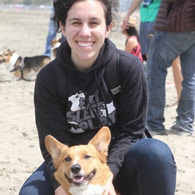
References:
DVM 360: Preventing Injury in Sporting Dogs
Scientific American: Do Dog Athletes Get Injuries?
Retriever Training: Evaluating Conformation, Learning the Ropes


